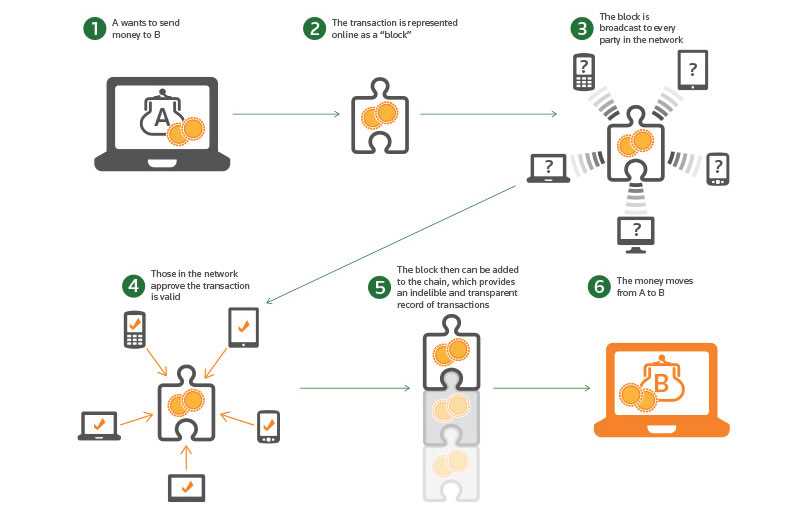What is the Lightning Network?

The Lightning Network is a second-layer scaling solution for the Bitcoin network. It is designed to address the scalability issues of the Bitcoin blockchain, allowing for faster and cheaper transactions.
At its core, the Lightning Network is a network of payment channels that are built on top of the Bitcoin blockchain. These payment channels enable users to conduct off-chain transactions, meaning that the transactions are not recorded on the Bitcoin blockchain until the channel is closed.
By using the Lightning Network, users can make instant and low-cost transactions without having to wait for confirmations on the Bitcoin blockchain. This is achieved by creating a payment channel between two parties, where they can exchange funds without broadcasting every transaction to the entire network.
The Lightning Network operates on the principle of trustless transactions, meaning that users do not need to trust each other or any intermediaries. The network uses smart contracts to ensure that the transactions are secure and that both parties fulfill their obligations.
One of the key features of the Lightning Network is its ability to route payments through multiple channels. This means that even if two parties do not have a direct payment channel between them, they can still transact by routing the payment through other channels in the network.
Overall, the Lightning Network aims to improve the scalability, privacy, and efficiency of the Bitcoin network. It provides a solution to the limitations of the Bitcoin blockchain, allowing for faster and more cost-effective transactions.
How Does the Lightning Network Work?

The Lightning Network is a second layer scaling solution for Bitcoin that aims to address the scalability issues of the Bitcoin network. It is designed to enable faster and cheaper transactions by creating a network of off-chain payment channels.
At its core, the Lightning Network works by establishing a network of payment channels between participants. These payment channels are like virtual tunnels that allow users to conduct multiple transactions without having to broadcast them to the Bitcoin blockchain.
Once the payment channel is established, the participants can conduct an unlimited number of transactions between themselves by updating the balance of the channel. These transactions are only recorded off-chain and do not require confirmation on the Bitcoin blockchain.
When the participants are ready to close the payment channel, they can do so by broadcasting the final state of the channel to the Bitcoin blockchain. This final state includes the updated balances of the participants, and the channel is closed by distributing the locked Bitcoin according to these balances.
The Lightning Network also utilizes a routing mechanism to enable transactions between participants who do not have a direct payment channel. This routing mechanism allows participants to route their transactions through multiple payment channels to reach the desired recipient.

Emily Bibb simplifies finance through bestselling books and articles, bridging complex concepts for everyday understanding. Engaging audiences via social media, she shares insights for financial success. Active in seminars and philanthropy, Bibb aims to create a more financially informed society, driven by her passion for empowering others.
